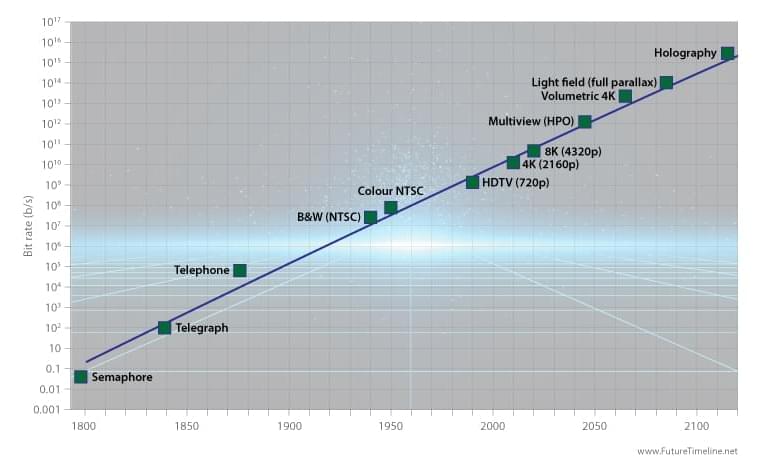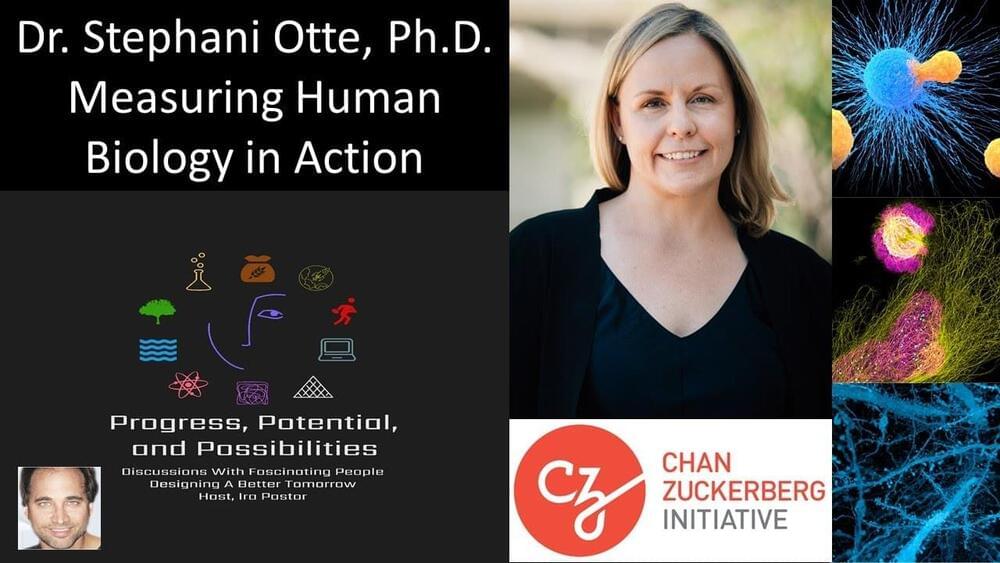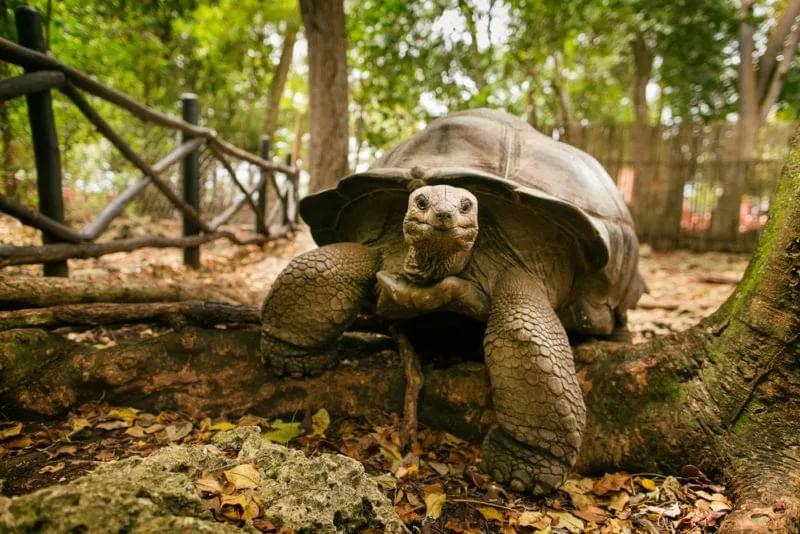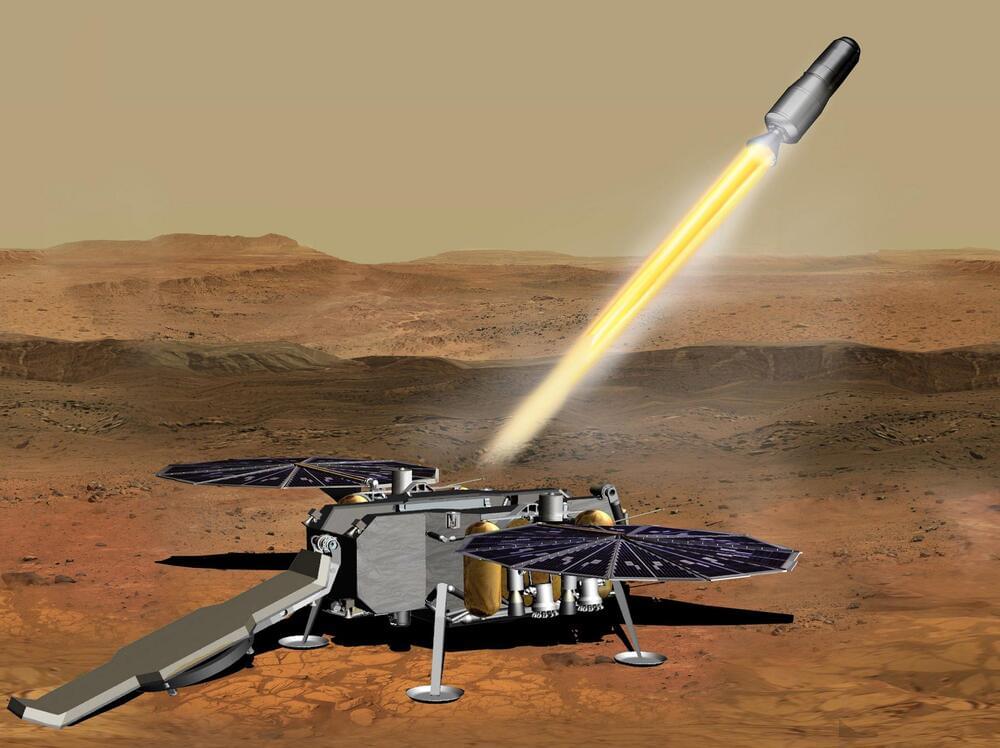This graph shows the progress in telecommunications bit rates over the last two centuries, and a future extrapolation to the 22nd century.
A primitive form of telecommunications emerged in the late 18th century, when French inventor Claude Chappe demonstrated a practical semaphore system that delivered messages between Paris and Lille. Known as the optical telegraph, it had a transmission rate of two to three symbols (196 different types) each minute, or about 0.4 b/s.
The electrical telegraph, popularised in the 1840s, used a coding system developed by American inventor Samuel Morse, which encoded text characters as sequences of two different signal durations, called dots and dashes. It achieved a rate of approximately 100 b/s.









